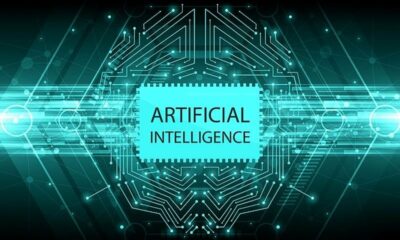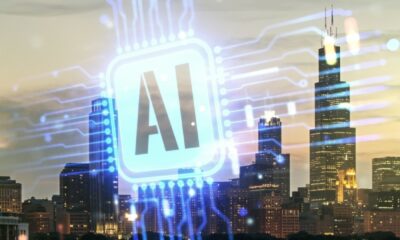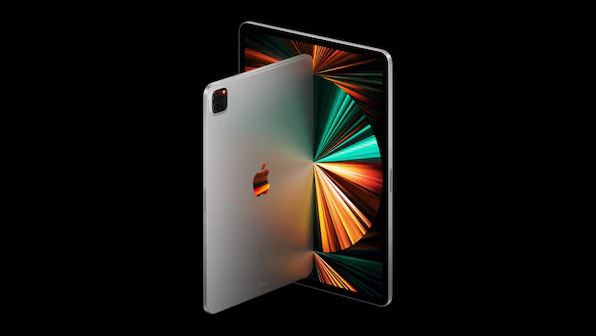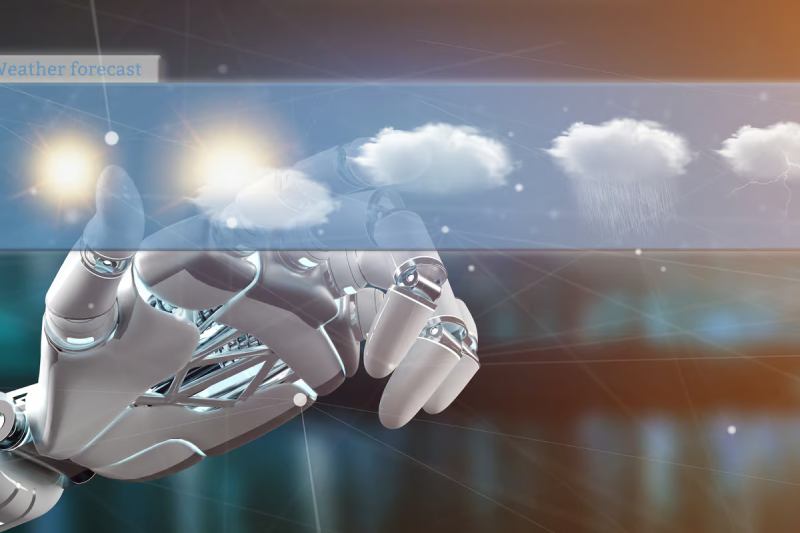One phrase for well-built structures is “good bones.” But how would an inspector know if there were broken bones in a building or a bridge?
X-rays are used by doctors to evaluate patients, and soon local scientists hope to give engineers access to similar monitoring technology. To better monitor the condition of buildings and bridges, researchers at the University of Central Florida are creating virtual reality and artificial intelligence tools.
The United States’ deteriorating infrastructure placed it 13th on the World Economic Forum’s 2019 ranking. The nation’s infrastructure received a C- from the American Society of Civil Engineers in 2021, noting the need for more cutting-edge technologies to better monitor and maintain the nation’s structures, bridges, and roads.
Professor Necati Catbas of UCF is developing four distinct technologies in an effort to meet that need. With the help of his group of postdocs and students from UCF, he hopes that engineers will be able to inspect buildings in the same manner that a physician would.
Professor Catbas of Lockheed Martin St. Laurent explained, “In a way, you’re looking at a patient versus you’re looking at a patient, and also you’re using MRI or X-ray to really understand what’s going on.”
UCF researchers have created a technology called “computer vision” that allows them to detect infrastructure cracks that human inspectors might miss. Users can view the movement and deformation of support beams inside a structure by donning a headset that is connected to sensors integrated into the structure. Users can interact with cracks they find and use prediction tools to see how they might develop by utilizing mixed reality.
Because it doesn’t require access to the structures in question, computer vision is designed for the visual inspection of structural health, which is convenient for inspectors.
“The state of inspection right now is based on visual inspections,” Catbas said. “The expertise and know-how of the engineer or inspector is very critical. And that accumulates over the years, but they also need complementary technologies.”
Based on historical data from an older, comparable structure, users could anticipate how more recent structures might shift or fracture over a given amount of time using a different tool called a generative adversarial network.
“We are generating new data from the existing data like we are creating synthetic data, and based on the algorithm and methods we can create, and see how the structure is going to look when it has some damage,” Catbas said.
The UCF team has also created an immersive visualization system that allows for remote “virtual visits” to buildings and bridges using augmented and virtual reality. Users can view the real-time status of the structure by overlaying augmented reality details on top of a computer-simulated real-world environment.
“It’s almost like you’re having a virtual tour on the bridge,” Catbas said. “These are tools to provide more flexibility to have access to the bridge and to have access to the data.”
Last but not least, AI is used by the collective intelligence framework technology to expedite the inspection procedures. An inspector scans and evaluates a damaged area in real time using a handheld device or a headset. The inspector can access the building’s condition and avoids having to take manual measurements.
“The ultimate goal here is to effectively manage the data that we are collecting and understand the complex data domains,” Catbas said.
Catbas added that although these smart structure technologies are prepared to be incorporated into engineering standards, they must first pass numerous committee reviews across the nation before being used in routine engineering and inspection.
Catbas believes that technology will play a major role in the infrastructure of the United States.
“We can utilize these technologies, not only for a particular bridge or bridge assessment, but also for extreme events like hurricanes, floods, earthquakes, and really help people recover from these damaging events,” he said. “We can find the critical links in our communities, on the roads, and in buildings. We can find the ones that we need to pay more attention to, work, prepare, and make them more resilient.”
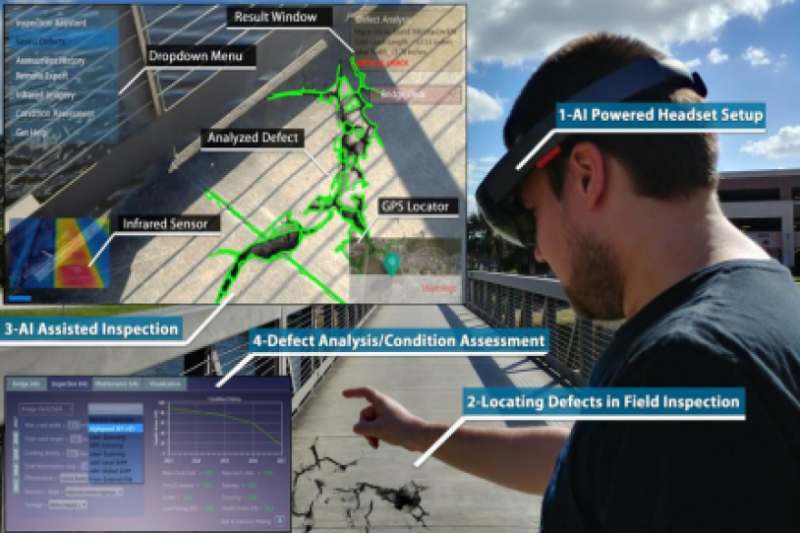

 Technology4 weeks ago
Technology4 weeks ago
 Technology4 weeks ago
Technology4 weeks ago
 Technology4 weeks ago
Technology4 weeks ago
 Technology4 weeks ago
Technology4 weeks ago
 Technology4 weeks ago
Technology4 weeks ago
 Business2 weeks ago
Business2 weeks ago
 Business3 weeks ago
Business3 weeks ago
 Technology4 weeks ago
Technology4 weeks ago
